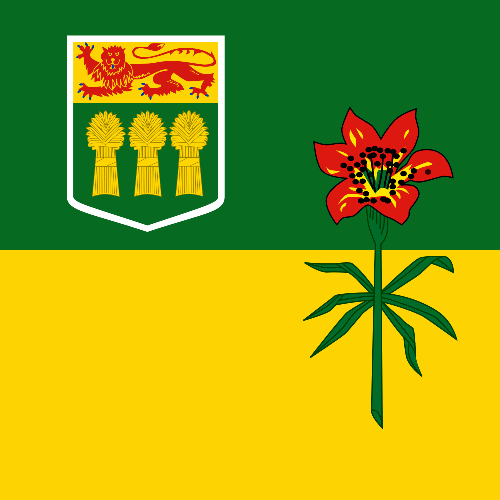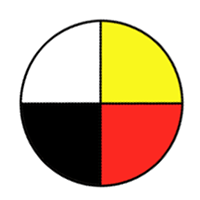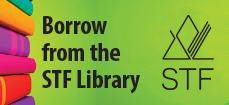Analyze the impact of violence and the cycle of abuse on the holistic well-being of self, family, and community.
| (a) |
Review qualities of healthy relationships (e.g., respect, honesty, reliability). |
| (b) |
Determine that abuse is used to gain or maintain power and control over another person(s). |
| (c) |
Investigate the different types of abuse (e.g., physical, sexual, emotional, mental, spiritual, economic). |
| (d) |
Ask questions and seek answers for deeper understanding:
|
| (e) |
Recognize warning signals of unhealthy/abusive relationships (e.g., name calling, blaming, swearing, acting jealous/possessive, destroying possessions, lying, humiliating). |
| (f) |
Determine that a victim of abuse is never responsible/to blame for violent and abusive behaviours of others. |
| (g) |
Examine and begin to question school and community norms regarding violence and abuse. |
| (h) |
Analyze threats to personal safety at school, home, or in the community, and know sources of support or help. |
| (i) |
Explain how to access local violence and abuse prevention services and supports. |
| (j) |
Discuss possible challenges and solutions to accessing local supports and services. |
| (k) |
Examine the possible short and long-term consequences (i.e., physical, mental, emotional, and spiritual) of violence and/or abuse on self and others. |













Another book in the series, Stay Fit! How You Can Get in Shape, complements the Grade 4 curriculum.














